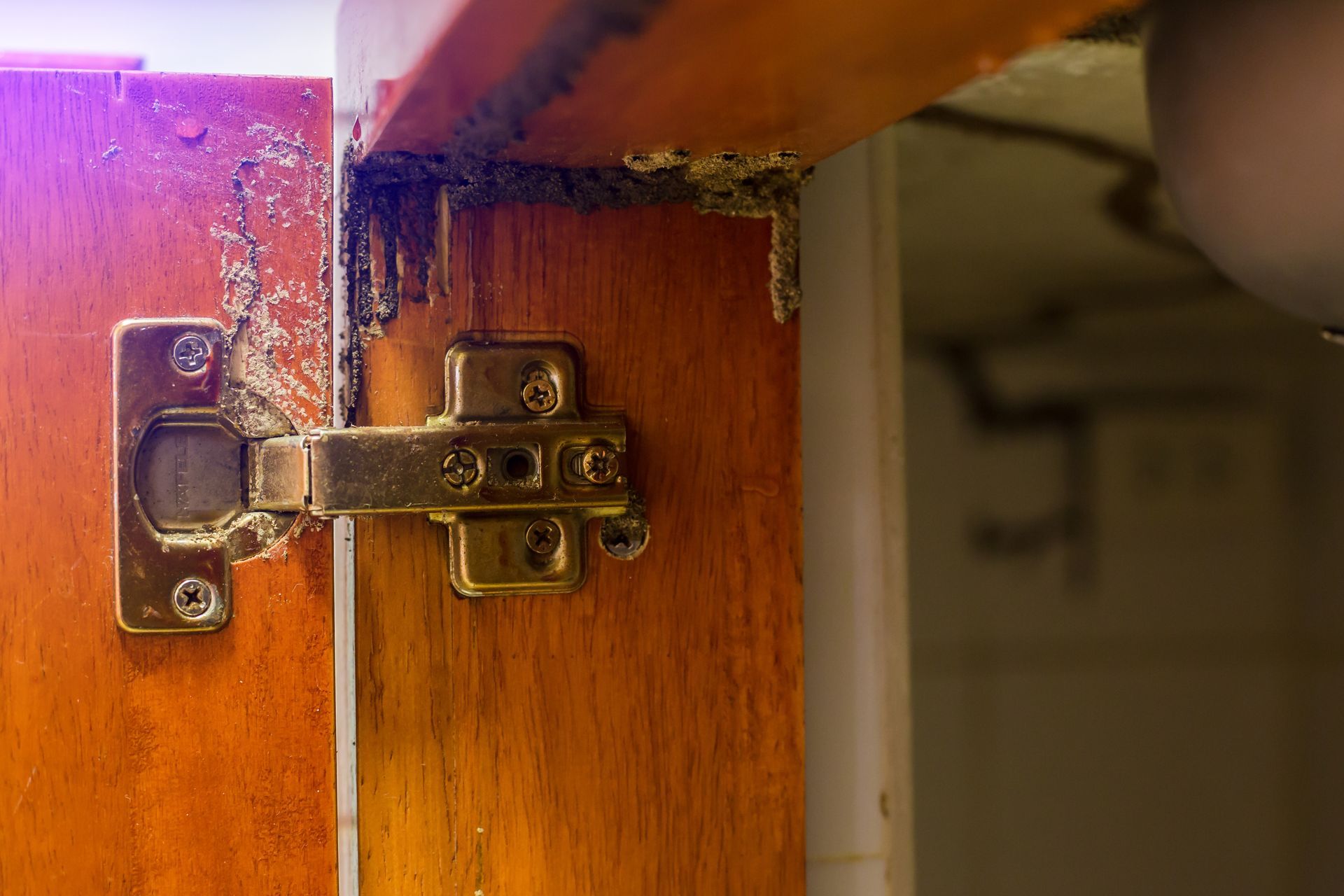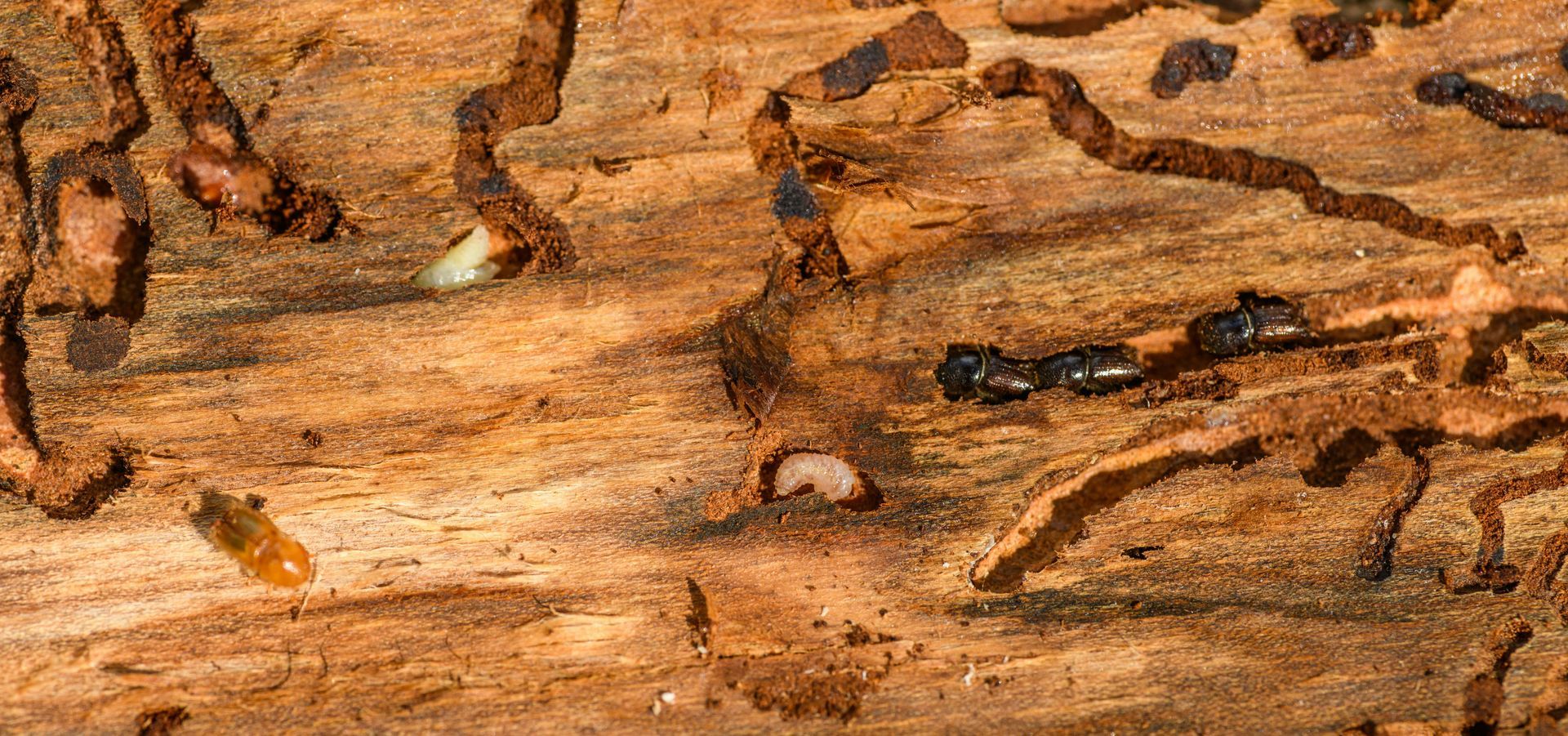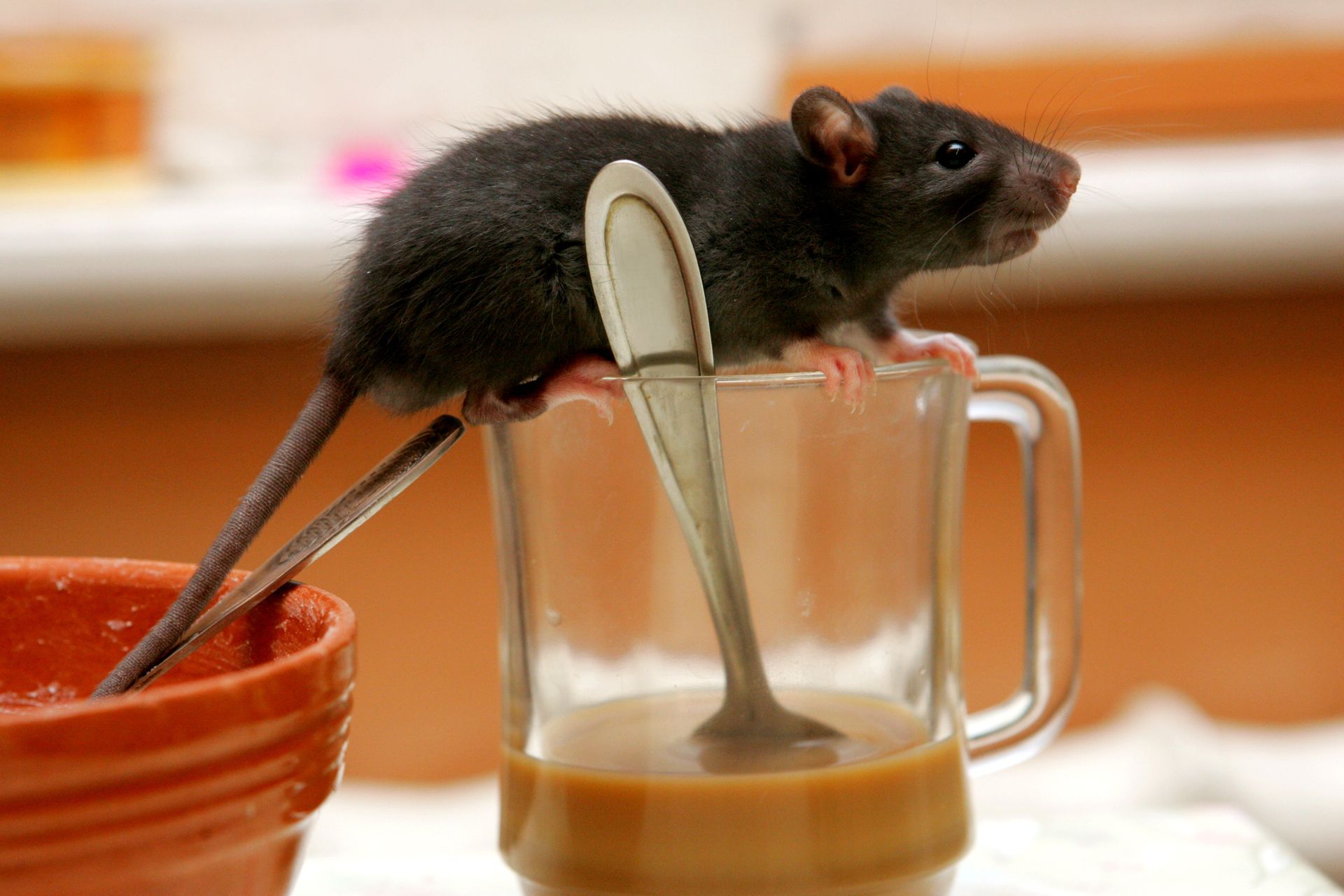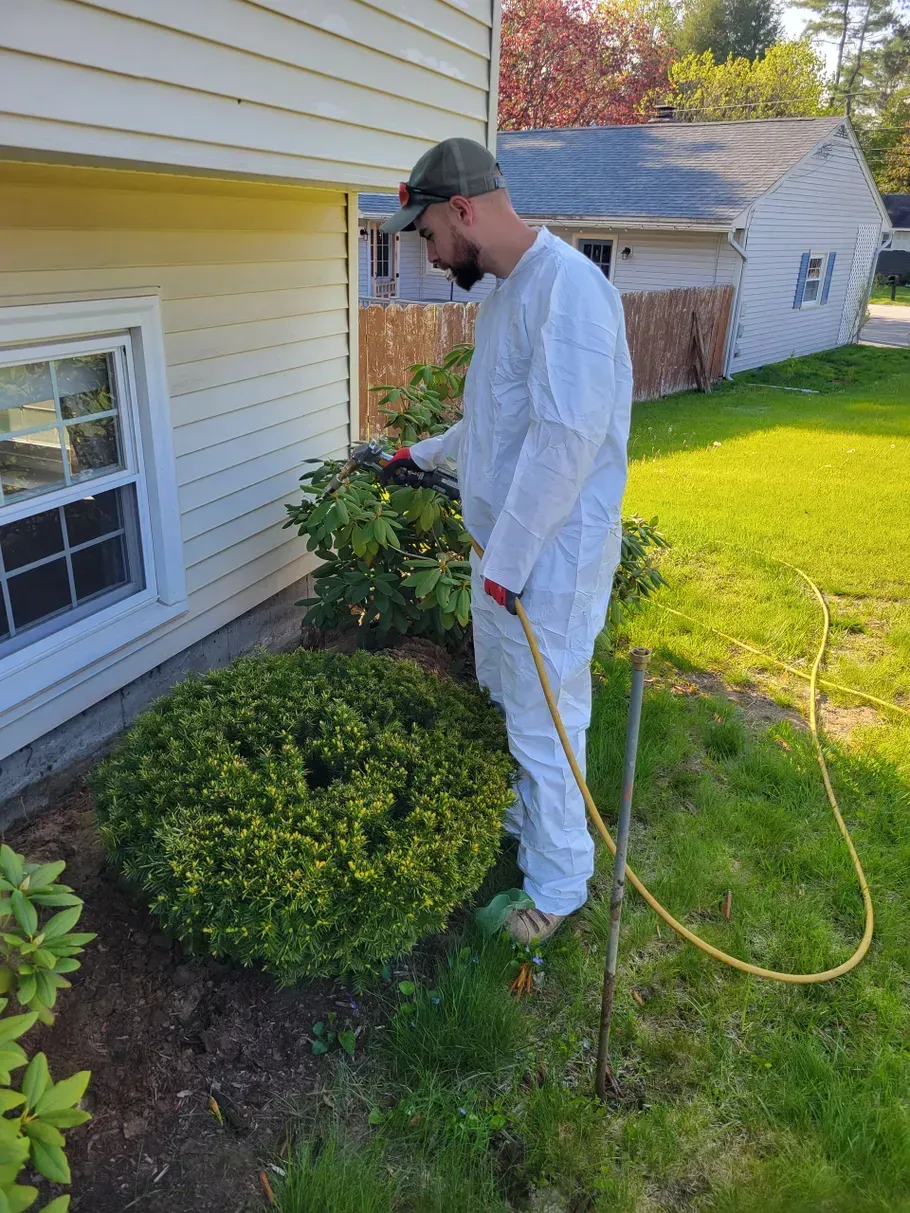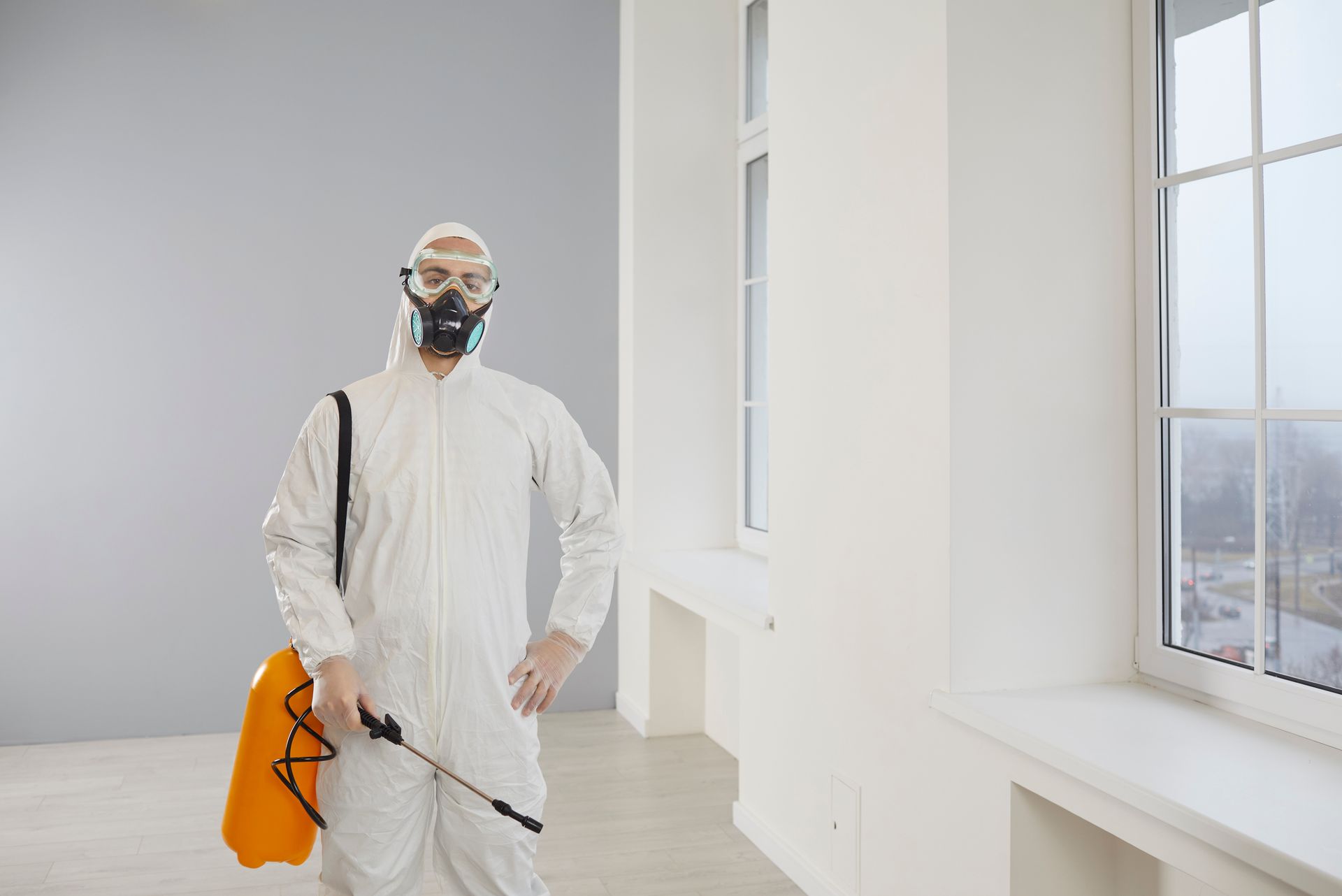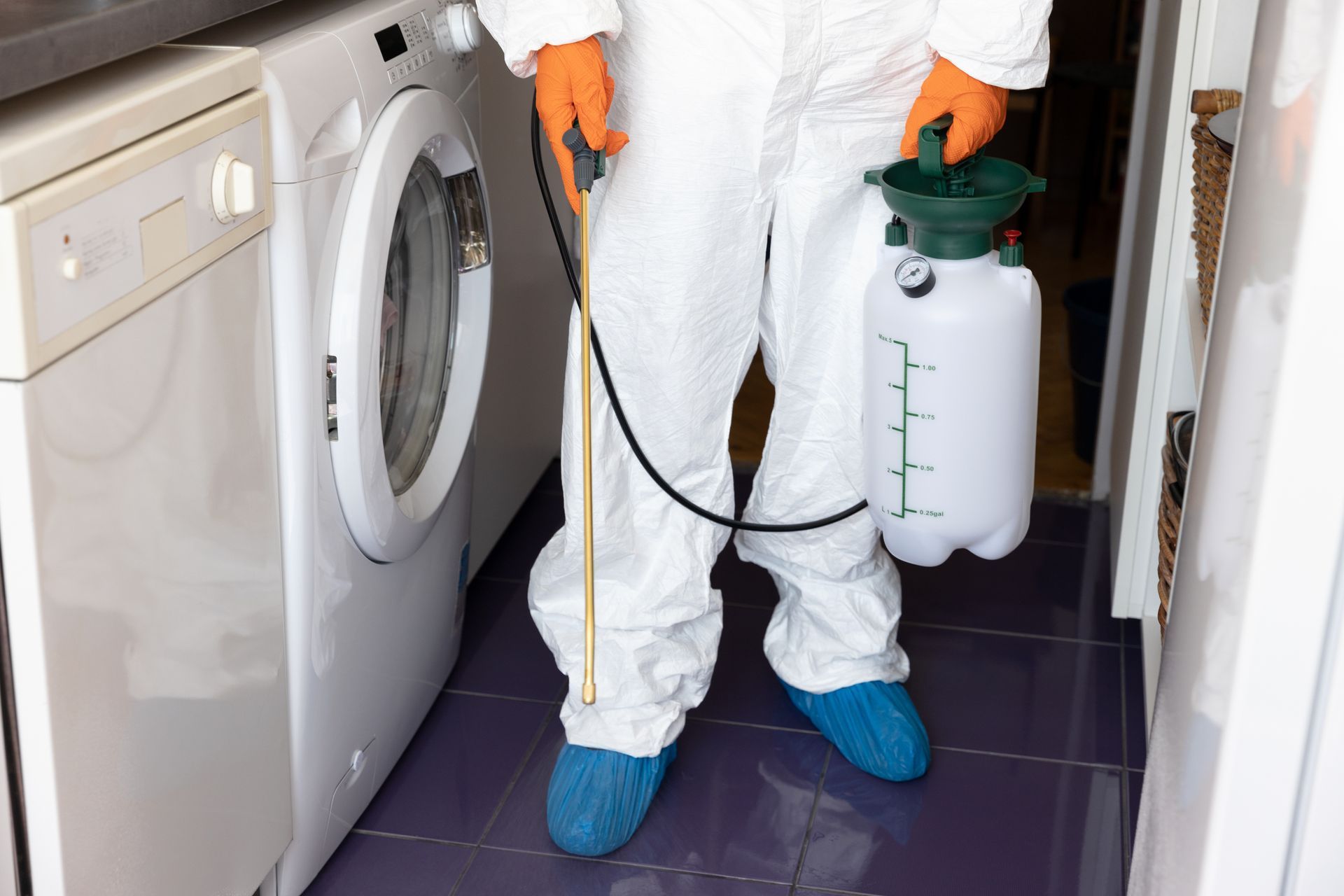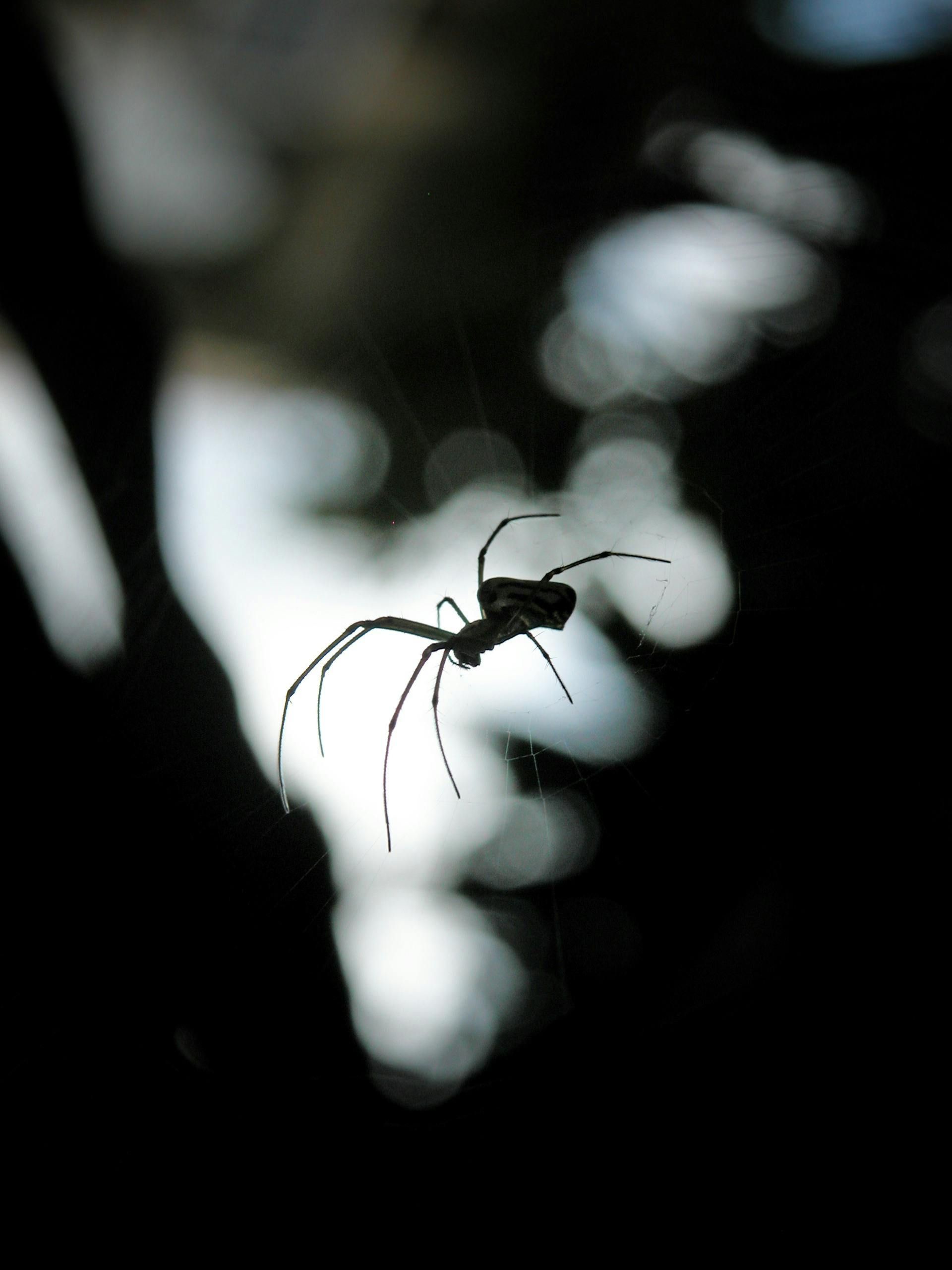Keene Pest Control
Bed Bug Treatment at Home: Step-by-Step Solutions for Quick Relief
Finding out you have bed bugs is the kind of surprise no homeowner ever wants. These tiny pests are experts at sneaking into your home, settling into your mattress, and making your nights miserable. If you’ve woken up with itchy red bites or noticed little dark spots on your sheets, chances are you’re sharing your bed with unwanted roommates.
But don’t panic just yet. With the right approach, you can start a
bed bugs treatment at home plan that gives you some relief and stops the infestation from spreading. In this guide, we’ll cover practical solutions you can try, explain why bed bugs are so stubborn, and show you when it’s time to call in professionals. If you’ve been searching for a
home treatment bed bugs guide or the most effective
bed bugs solution, this step-by-step breakdown is for you.
What Makes Bed Bugs So Hard to Get Rid Of?
Before jumping into treatments, it helps to understand why bed bugs are so notorious. These pests are not like ants or flies that come and go. Once they move in, they intend to stay.
- They hide well: Bed bugs can slip into mattress seams, behind picture frames, in baseboards, and even inside electrical outlets.
- They reproduce quickly: A single female bed bug can lay hundreds of eggs in her lifetime. That means a small problem can explode into a major infestation in weeks.
- They can go months without feeding: Unlike many pests, bed bugs don’t need constant food. They can lay low for months and then reappear when you least expect it.
- They resist many DIY sprays: Store-bought sprays rarely reach their hiding spots, and some bed bugs have developed resistance to common insecticides.
Knowing their habits helps explain why so many people struggle with
home treatment bed bugs methods. Bed bugs are like unwanted guests who never leave and know how to dodge every attempt to kick them out.
Step 1: Confirm That You Actually Have Bed Bugs
The first step in bed bugs treatment at home is confirming the problem. Many insects can bite, but bed bugs have some unique calling cards.
Signs to look for:
- Small red bites: Typically in clusters or lines, often appearing on arms, legs, or back.
- Tiny dark stains: These could be droppings or crushed bed bugs. You’ll usually find them on sheets, pillowcases, or mattress seams.
- Eggs and shells: Bed bug eggs are tiny and white, and you might also spot molted skins where they shed as they grow.
- Live bugs: Adult bed bugs are about the size of an apple seed, reddish-brown, and flat before feeding. After a meal, they swell and turn a darker color.
If you’re not sure, grab a flashlight and carefully check around your bed frame, mattress, box spring, and nearby furniture. Bed bugs are experts at staying out of sight, but a thorough inspection usually uncovers their hiding spots.
Step 2: Clean and Declutter Your Space
A cluttered home is paradise for bed bugs because it gives them endless hiding spots.
Reducing clutter and cleaning thoroughly makes it easier to target them.
- Wash and dry bedding: Use the hottest water setting and dry on high heat for at least 30 minutes. Heat is one of the best natural bed bugs solutions.
- Vacuum regularly: Go over your mattress, bed frame, carpets, and baseboards. Dispose of the vacuum bag immediately after.
- Declutter the room: The fewer hiding spots, the better. Store items in sealed plastic bins rather than cardboard boxes.
- Steam clean: A handheld steamer can kill bed bugs and eggs on contact. Focus on mattress seams, furniture joints, and cracks.
This step doesn’t solve the entire problem, but it lays the foundation for effective
home treatment bed bugs strategies.
Step 3: Try DIY Bed Bugs Treatment at Home Options
While professional pest control is the gold standard, many homeowners first try DIY solutions to get immediate relief.
Here are some of the most common methods:
- Encasements for mattresses and box springs: Special covers trap any existing bed bugs inside and prevent new ones from entering.
- Diatomaceous earth: A natural powder that can dry out and kill bed bugs when applied in cracks, seams, and hiding spots.
- Essential oils: Some people use lavender or tea tree oil sprays, but these are more for repelling than killing. Results vary widely.
- DIY traps: Sticky traps or bed bug interceptors under bed legs can help monitor infestations and catch bugs moving around.
While these can reduce activity, most DIY methods rarely eliminate a large infestation completely. Think of them as tools for slowing the spread while you work on a bigger
bed bugs solution.
Step 4: When to Call the Professionals
There comes a point where home remedies are not enough. If you’ve tried everything and are still spotting bites, stains, or live bugs, it’s time to bring in pest control experts.
Why professional treatment works better:
- Thorough inspections: Technicians know where to look and can detect infestations in places you’d never think to check.
- Specialized treatments: From targeted heat treatments to safe insecticides, professionals use proven methods that wipe out entire colonies.
- Follow-up visits: Bed bugs are persistent, and one treatment is rarely enough. Professionals schedule follow-ups to ensure the infestation is completely gone.
- Peace of mind: You’ll sleep easier knowing you don’t have to fight this battle alone.
In short, if you’ve reached the point where your home feels like it belongs more to bed bugs than you, it’s time for expert help.
Step 5: Prevent Bed Bugs from Returning
Once you’ve gone through treatment, you’ll want to make sure bed bugs don’t come back. Prevention is much easier than dealing with another infestation.
Tips for long-term prevention:
- Inspect secondhand furniture: Bed bugs often hitch rides on used couches, chairs, or mattresses. Always check before bringing items inside.
- Be cautious while traveling: Hotels are notorious for bed bugs. Keep luggage off the floor, inspect beds, and wash clothes in hot water as soon as you return home.
- Use protective covers: Mattress encasements and box spring protectors are great for long-term prevention.
- Vacuum regularly: A consistent cleaning routine helps you catch issues early.
- Seal cracks and gaps: Reducing hiding spots makes it harder for bed bugs to settle in.
Remember, prevention is cheaper and less stressful than starting all over again.
Call Keene Pest Control for Expert Bed Bugs Treatment in New Hampshire
Get Rid of Bed Bugs Once and for All
If you’re tired of losing sleep to these tiny invaders, it’s time to call the professionals. At Keene Pest Control, we specialize in bed bugs treatment at home throughout Keene, Walpole, and the surrounding New Hampshire areas. Our proven methods go beyond DIY efforts, eliminating bed bugs at the source and helping you reclaim your home.
We don’t just stop at bed bugs. Our team also handles
termite control,
carpenter ants treatment, and
commercial pest control services. Whatever pest problem you’re facing, we’ve got the right solution. Call us today at
(603) 352-7336 to schedule your consultation and finally get the restful nights you deserve.
FAQs
Can I get rid of bed bugs on my own?
Small infestations may be reduced with DIY methods, but complete elimination usually requires professional treatment.
Are bed bug bites dangerous?
Bed bug bites are irritating and itchy but not known to spread disease. However, scratching can lead to skin infections.
How long does professional bed bug treatment take?
It depends on the size of the infestation, but most treatments require multiple visits over several weeks for complete elimination.
Can bed bugs live in my clothes?
Yes, bed bugs can hide in clothing, luggage, and fabric items. Washing and drying on high heat kills them.
How much does professional bed bug treatment cost?
Costs vary depending on the size of the infestation and the treatment type, but professional help is an investment in peace of mind and long-term protection.


